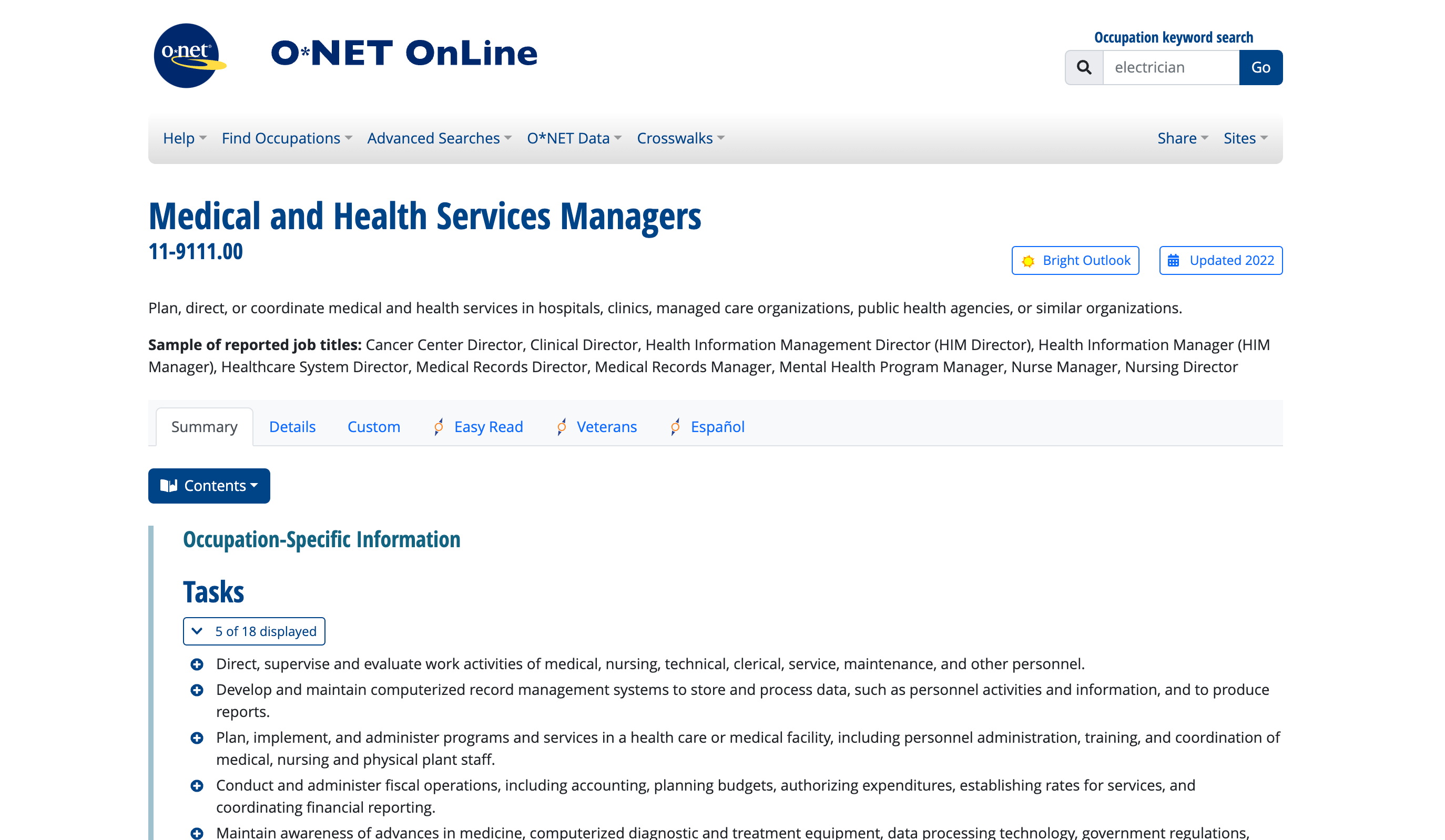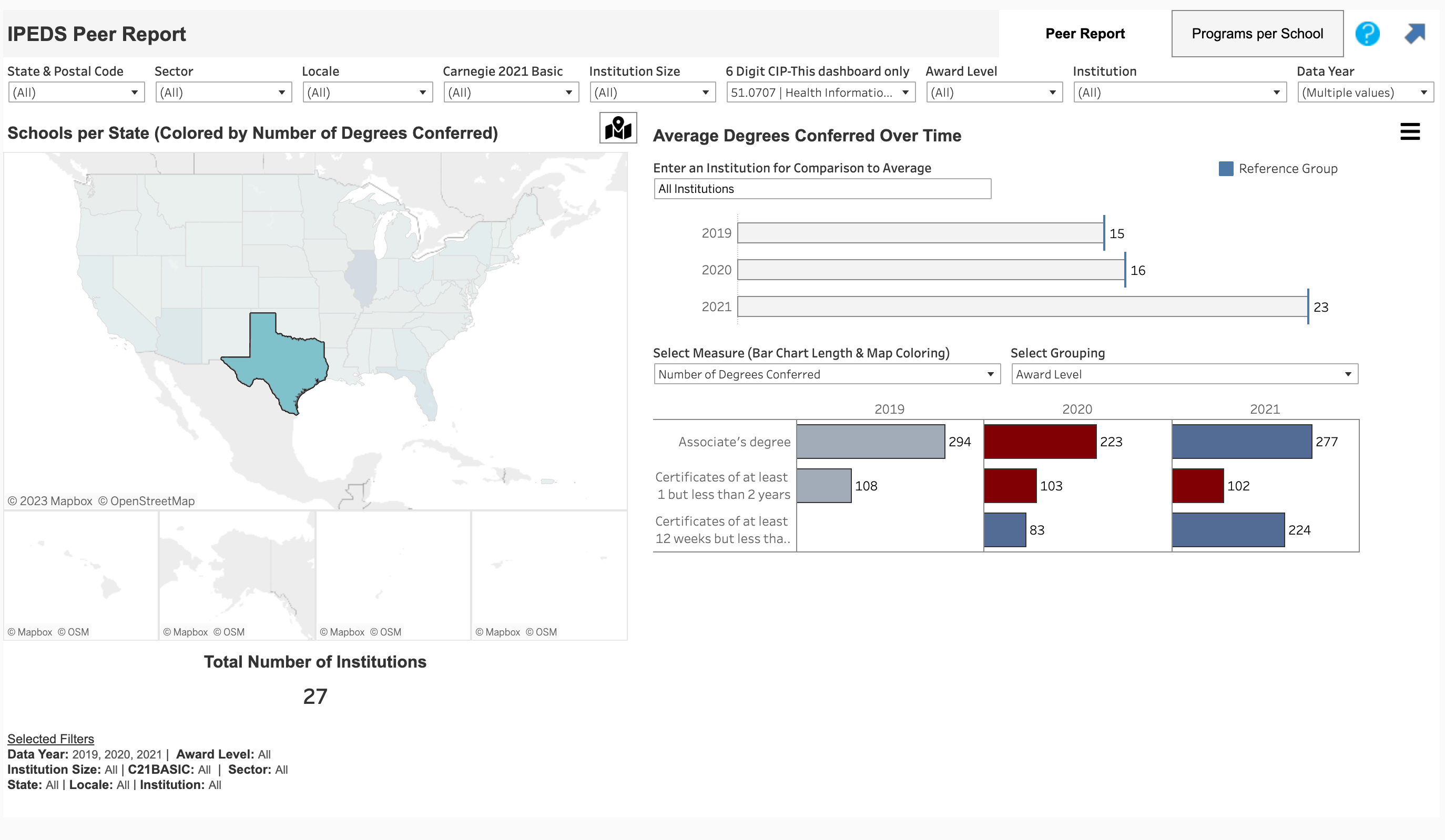
Understanding the Value of IPEDS Reporting for Postsecondary Education
Do you happen to know if there is a Starbucks on campus? Will I be able to find healthy options in the dining hall? What are the professors like here?
Comparing colleges can be a daunting task, as many institutions offer attractive amenities to entice prospective students. We are skilled at evaluating our favorite coffee shops and restaurants, but do we know how to compare the quality of education provided by American colleges and universities? How can we determine which schools excel in terms of enrollment, graduation rates, and financial aid? The answer lies in IPEDS, the Integrated Postsecondary Education Data System. This program, operated by the National Center for Education Statistics, collects a wide range of data from institutions of higher education, ranging from enrollment and graduation rates to financial aid and institutional expenditures. IPEDS reporting is mandatory for most institutions, which means that they are required to IPEDS report your data every year. By understanding the importance of IPEDS and complying with IPEDS reporting requirements, institutions can help ensure that the data used for decision-making is accurate and up-to-date. Below, we will delve into what IPEDS is, how it works, the types of institutions that are required to report data, and will tell you about the IPEDS Peer Report by Enflux, which has all of the data in one place. By understanding the value of IPEDS reporting, we can gain a deeper appreciation for the role of data-driven decision-making in education.
What the Integrated Postsecondary Education Data System (IPEDS) Is
Integrated Postsecondary Education Data System (IPEDS) is a comprehensive annual survey system that gathers data from higher education institutions in the US and other participating jurisdictions who participate in federal student aid programs. The IPEDS data collection comprises 12 interrelated surveys and covers a wide range of information, including enrollments, program completions, graduation rates, faculty and staff, finances, institutional prices, and student financial aid. With over 6,700 participating institutions, IPEDS data collection encompasses a significant number of institutions that represent different types of education providers, such as 4-year and 2-year public, private not-for-profit, for-profit institutions, and technical and vocational schools.
IPEDS data is publicly available through the College Navigator, Find Your College and College Affordability and Transparency Center websites, as well as the IPEDS Use the Data page, which provides the capability for custom data exploration. IPEDS data continues to be a fundamental source of information for describing and analyzing trends in postsecondary education in the United States. With historical data back to 1984 – such as the numbers of students enrolled, financial aid used, staff employed, dollars expended, degrees and certificates earned, and retention and graduation rates – this data is vital for understanding these trends and academic program outcomes. Because IPEDS is a reliable and timely data source, Congress, federal agencies, state governments, education providers, professional associations, private businesses, media, students and parents, and others rely on the IPEDS data collection.
IPEDS Reporting: How Educators and Institutions Can Use IPEDS Data to Make Informed Decisions
Higher education administrators, faculty, staff, doctoral students, parents, and students can benefit greatly from utilizing the available IPEDS data.
- IPEDS data collection provides valuable insights to administrators, such as monitoring tuition rates, enrollment, retention and graduation rates, program degree completions, and the development of new programs. The IPEDS report can also help administrators with finance-related factors, such as endowment, academic expenditures, net price, and required monitoring of cost increases. Additionally, administrators can use IPEDS reporting to speak with legislators, foundation donors, community leaders, business owners, and community development teams.
- Faculty and staff can also benefit from IPEDS data collection by using the data to develop new program areas or degree-level offerings, identify potential program or research partners, and conduct research projects on changes in higher education over time.
- Doctoral students can also use IPEDS data to identify institutions to be included in their dissertation research and research trends in higher education.
- Moreover, parents and students can utilize the IPEDS College Navigator and College Scorecard to research potential institutions for attendance. By utilizing the IPEDS report, students can further engage in class projects and research opportunities. Therefore, IPEDS reporting is a valuable resource for various stakeholders in the higher education community.
The Enflux IPEDS Peer Report
Enflux’s IPEDS Peer Report is an excellent tool that combines data from the IPEDS Completions and Institutional Characteristics surveys and the US Department of Labor’s O*NET data to provide users with valuable insights. The IPEDS report has recently undergone a refresh, featuring new data and enhanced visualizations. With the latest updates, users can benefit from:
- Access to the most up-to-date data available by updating to CIP codes and adding the 2021 Institutional Characteristics and Completions Data,
- Better understanding and comparison of institutions through the inclusion of new Carnegie classifications,
- Defaulted CIP codes on the Programs Per School tab to CIP 51: Health Professions and Related Programs, to make it easier for users to find relevant information,
- Additional links to O*NET to provide administrators with information on workforce and job requirements related to CIP codes.

Overall, the IPEDS reporting provides users with valuable insights and aids administrators in decision-making processes. The combination of IPEDS data collection, O*NET data, and Enflux’s dashboard provides users with a powerful tool to analyze institutional characteristics and completions data.
Why Did We Start Here in the Enflux IPEDS Peer Report?
The IPEDS Completions survey is particularly useful because it contains information about degrees conferred at an institution, reported first at the CIPCode level (Classification of Instructional Programs). CIPCodes are designed to help institutions classify similar academic programs so that outcomes data can be reported consistently and used to make decisions. The survey includes degree level, first (primary) or secondary degree, and gender and race/ethnicity information. This data can be used to identify similar academic programs at different institutions, monitor completion rates, and develop new programs or research projects. We have added filters – state, sector, locale, Carnegie classification, institution size, award level, CIPCode, Institution, and even data year – to allow you to narrow down to groups of institutions that are most like you.

The IPEDS Peer Report by Enflux
We also have built in the ability for you to look for institutions that offer several different programs similar to what is offered at your institution, thereby strengthening the selection of your peer institutions. For an added power level, we have connected the O*NET data which matches the CIPCode for your academic program to related SOC (Standard Occupational Classification System) codes.
By connecting the O*NET data from the US Department of Labor with the IPEDS Completions data, users can gain even more understanding of the workforce implications of different academic programs. This data provides summaries of job expectations, work activities, expected credentials and knowledge, and data about wage and employment trends. All of this is valuable data for advising students or strengthening your program.

The IPEDS Peer Report by Enflux
Conclusion
Overall, the Enflux IPEDS Peer Report dashboard provides a powerful tool for higher education stakeholders to access and analyze valuable data that can inform decisions and drive positive change in the industry. By leveraging IPEDS reporting and data collection, users can gain insights into critical factors such as enrollment, graduation rates, tuition rates, academic expenditures, and more. If you have any questions or need additional information about the Enflux IPEDS Peer Report and how it can benefit your institution or organization, please don’t hesitate to contact our team. We are always here to help you unlock the full potential of IPEDS reporting and data collection for your needs.

Robin Logan
Head of Business Analytics, Enflux